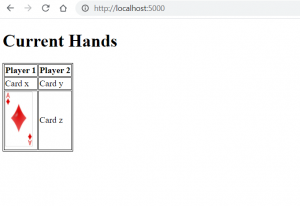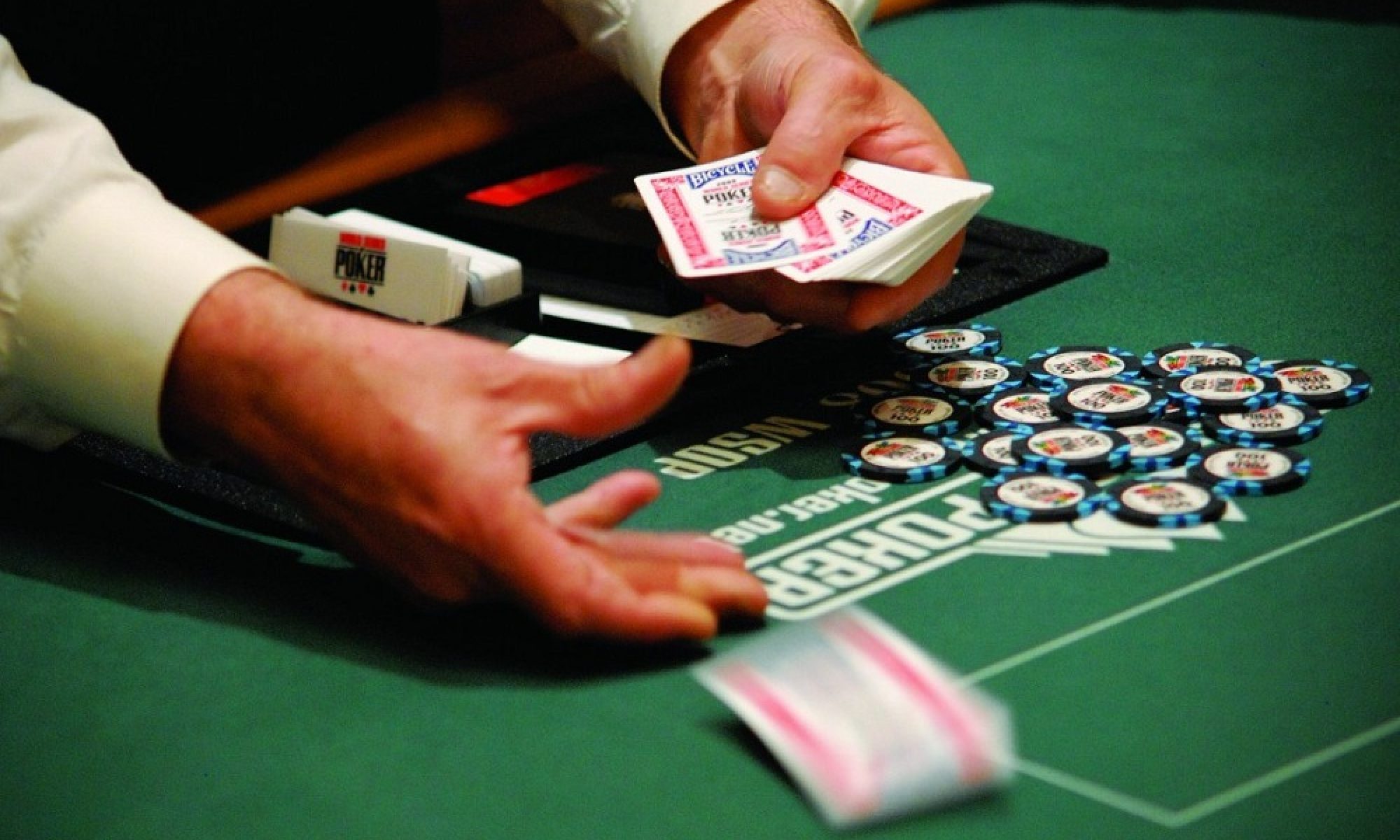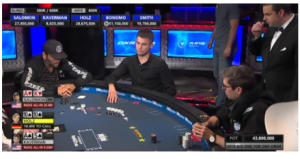I spent the earlier part of this week viewing our classmates’ proposal presentations and learning from them. They all had unique approaches to combining software, hardware, and signals to solve a user problem. I look forward to learning more about their progress in the future. Towards the latter part of this week, I worked on designing and developing a basic web application. Right now, I have written Python and HTML code. The Python code utilizes the Flask framework as well as other libraries to interface with the front-end code. The web app is hosted on my local machine, and so I plan to spend the remaining week migrating this application to the cloud. In addition, there are still many logical elements that need to be added, so I plan to utilize JavaScript to accomplish that. These are my deliverables I hope to complete in the next week.
I’ve also been meeting with Ethan and Jeremy to stay in sync with our progress and start working on our Design Presentation. I plan to contribute to my slides in the coming week and continue meeting with them to ensure our components are compatible. So far, my progress is on schedule.




